Home>Furniture & Design>Interior Design Trends>What Is Pirate Glass
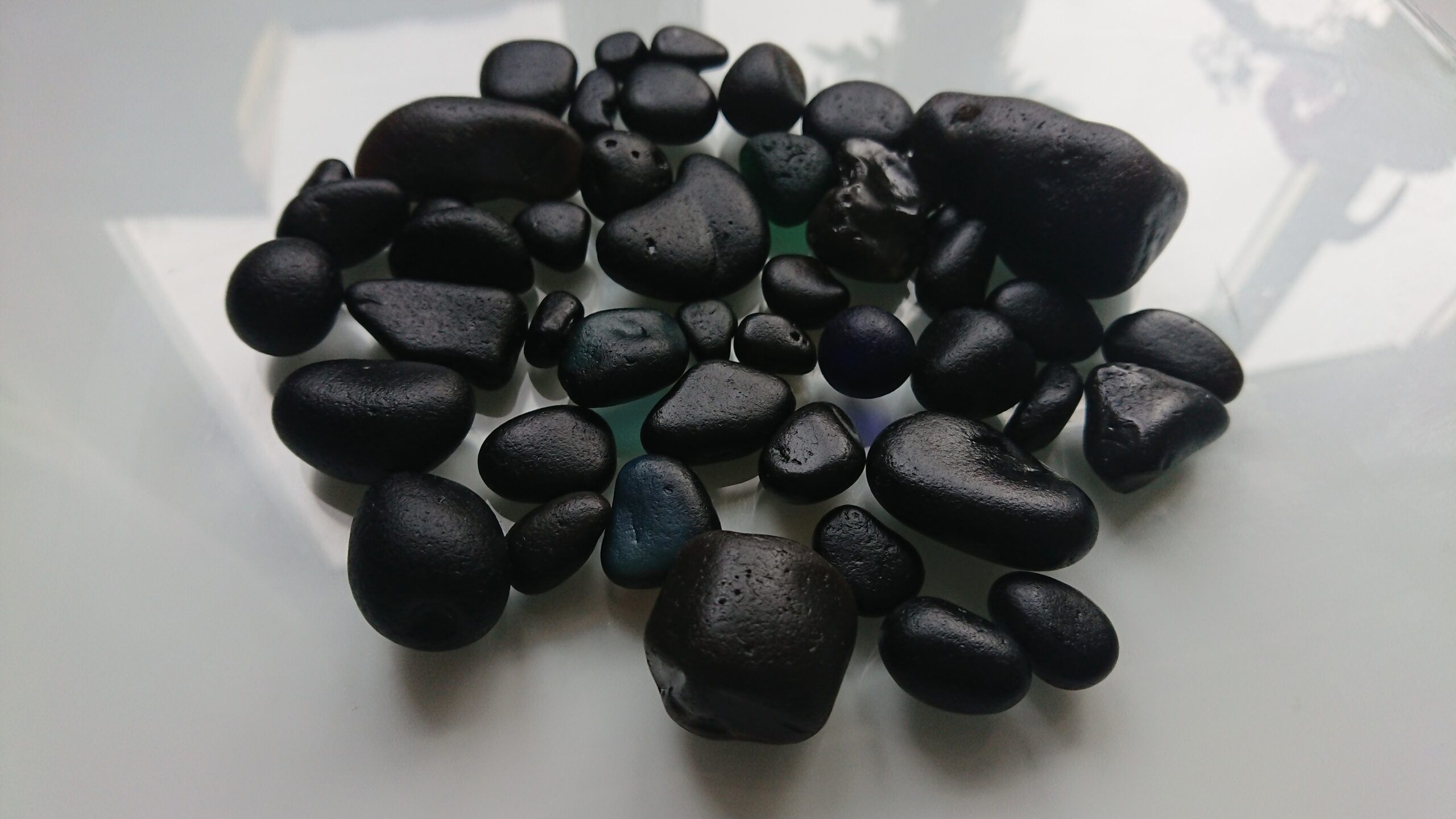

Interior Design Trends
What Is Pirate Glass
Modified: March 23, 2024
Discover the latest interior design trend with Pirate Glass. Elevate your space with this unique and versatile material. Explore the possibilities today!
(Many of the links in this article redirect to a specific reviewed product. Your purchase of these products through affiliate links helps to generate commission for Storables.com, at no extra cost. Learn more)
Introduction
Pirate glass, also known as "privacy glass" or "switchable glass," is a cutting-edge technology that has revolutionized the way we think about privacy and interior design. This innovative glass solution offers a unique blend of functionality and aesthetics, making it a popular choice for modern architectural and interior design projects.
Pirate glass is not your ordinary glass; it is a dynamic material that can transition from transparent to opaque at the flick of a switch. This transformative ability is made possible by a special film or coating embedded within the glass, which responds to electrical currents to alter its transparency. The result is a versatile and customizable privacy solution that can adapt to various settings and design preferences.
The application of pirate glass extends beyond mere functionality; it represents a seamless integration of technology and design, catering to the evolving needs of contemporary spaces. Whether used in residential homes, commercial buildings, or hospitality establishments, pirate glass offers a sophisticated and practical solution for creating private, yet visually open environments.
In the following sections, we will delve into the history, characteristics, and diverse uses of pirate glass, shedding light on its evolution and the myriad ways it has transformed interior design and privacy solutions. Let's embark on a journey to explore the fascinating world of pirate glass and uncover the boundless possibilities it presents in the realm of modern design and architecture.
Key Takeaways:
- Pirate glass, also known as “privacy glass,” is a cutting-edge technology that can switch from transparent to opaque. It’s perfect for creating private yet visually open spaces in modern interior design projects.
- Pirate glass offers customizable privacy control, energy efficiency, and sound insulation. It’s used in various settings, from office partitions to bathroom enclosures, adding a touch of modern sophistication to interior spaces.
Read more: What Is Pyrex Glass
History of Pirate Glass
The history of pirate glass traces back to the mid-20th century, with the development of early iterations of switchable glass technology. The concept of glass that could alter its transparency on demand captured the imagination of architects, designers, and innovators, sparking a quest to bring this vision to life.
The pioneering work in this field led to the creation of the first prototypes of switchable glass, which relied on innovative mechanisms to achieve the transformative effect. These early versions laid the foundation for the evolution of pirate glass, setting the stage for further advancements in the realm of privacy solutions and interior design.
As technology continued to progress, so did the capabilities of switchable glass. The refinement of materials and manufacturing processes enabled the production of more reliable and versatile pirate glass solutions. This marked a significant turning point, as the practicality and aesthetic appeal of pirate glass began to garner widespread attention across various industries.
In recent decades, the demand for privacy solutions that seamlessly integrate with modern design principles has surged, propelling pirate glass into the spotlight. The evolution of this technology has been characterized by a convergence of engineering expertise, design innovation, and a deep understanding of user needs.
Today, pirate glass stands as a testament to the relentless pursuit of blending functionality with elegance, offering a dynamic privacy solution that transcends traditional static alternatives. Its journey from conceptualization to widespread adoption reflects the ever-changing landscape of interior design and the continuous quest for cutting-edge solutions that elevate the user experience.
The history of pirate glass serves as a testament to human ingenuity and the relentless pursuit of innovation. From its humble beginnings to its current status as a hallmark of modern design, pirate glass embodies the spirit of progress and the seamless fusion of technology and aesthetics. This journey of evolution and refinement has paved the way for pirate glass to become an indispensable element in contemporary interior design, shaping spaces that effortlessly balance privacy and openness.
The evolution of pirate glass is a testament to the transformative power of technology and design, showcasing the remarkable journey from a visionary concept to a practical reality that has redefined the boundaries of privacy and aesthetics in interior spaces.
Characteristics of Pirate Glass
Pirate glass boasts a diverse array of characteristics that set it apart as a versatile and innovative privacy solution. Its dynamic nature and seamless integration with modern design principles make it a compelling choice for a wide range of applications. Let's explore the key characteristics that define pirate glass:
-
Adaptive Transparency: Pirate glass possesses the remarkable ability to transition from transparent to opaque, offering on-demand privacy control. This adaptive transparency is made possible through the application of advanced technology, allowing users to tailor the level of visibility to their specific needs.
-
Customizable Configurations: Pirate glass can be customized to accommodate various shapes, sizes, and installation requirements. This flexibility enables architects and designers to integrate pirate glass seamlessly into diverse architectural settings, from sleek office partitions to elegant residential interiors.
-
Energy Efficiency: In its opaque state, pirate glass serves as an effective barrier to sunlight and heat, contributing to energy efficiency within buildings. By reducing the need for excessive air conditioning and artificial lighting, pirate glass aligns with sustainable design practices, promoting environmental responsibility.
-
Aesthetic Versatility: The aesthetic appeal of pirate glass lies in its ability to enhance interior spaces with a touch of modern sophistication. Whether used as a partition, door, or window, pirate glass adds a contemporary flair to any setting, elevating the overall visual impact of the space.
-
User-Friendly Operation: Pirate glass can be controlled through various methods, including switches, remote controls, or automated systems. This user-friendly operation ensures convenience and accessibility, allowing individuals to effortlessly manage privacy levels according to their preferences.
-
Privacy Enhancement: The primary function of pirate glass is to provide privacy on demand, making it an ideal choice for spaces where discretion is paramount. From conference rooms and medical facilities to residential bathrooms, pirate glass offers a discreet yet elegant solution for maintaining privacy without compromising design aesthetics.
-
Sound Insulation: In its opaque state, pirate glass contributes to sound insulation, creating a quieter and more conducive environment for focused work, relaxation, or confidential discussions. This acoustic benefit adds another layer of functionality to pirate glass, enhancing its appeal in various settings.
-
Maintenance and Durability: Pirate glass is designed for long-term durability and minimal maintenance. Its robust construction and resistance to wear and tear ensure that it remains a reliable privacy solution, requiring little upkeep to preserve its functionality and visual appeal.
These characteristics collectively position pirate glass as a dynamic and multifaceted privacy solution that harmonizes with the demands of modern interior design. Its adaptability, aesthetic allure, and functional benefits make it a compelling choice for architects, designers, and individuals seeking innovative privacy solutions that seamlessly integrate with contemporary spaces.
Pirate glass, also known as sea glass, is formed when glass bottles or other glass items are thrown into the ocean and weathered by waves and sand over time. Collecting pirate glass can be a fun and rewarding hobby for beachcombers.
Uses of Pirate Glass
Pirate glass, with its dynamic properties and versatile nature, finds a myriad of applications across residential, commercial, and institutional settings. Its ability to seamlessly transition between transparent and opaque states makes it an invaluable addition to modern interior design. Let's explore the diverse uses of pirate glass:
-
Privacy Partitions: Pirate glass serves as an elegant solution for creating private yet visually open spaces within both residential and commercial environments. It is commonly employed in office settings to delineate private work areas without compromising the overall spatial openness. In residential settings, it can be utilized to partition living spaces, providing the flexibility to transform open layouts into private retreats as needed.
-
Bathroom Enclosures: In residential and hospitality settings, pirate glass is often integrated into bathroom enclosures to offer a contemporary alternative to traditional opaque materials. Its adaptive transparency allows individuals to enjoy an open, airy atmosphere when desired, while ensuring privacy when the glass transitions to its opaque state.
-
Conference Room Dividers: Pirate glass is a popular choice for conference room dividers in corporate environments. Its ability to switch between transparent and opaque states enables seamless transitions between open collaboration and private discussions, catering to the dynamic needs of modern workspaces.
-
Medical Facilities: Within healthcare settings, pirate glass is utilized in patient rooms, treatment areas, and consultation spaces to provide privacy for patients and medical professionals. The on-demand privacy control offered by pirate glass contributes to a comfortable and discreet environment while maintaining a sense of openness when transparency is desired.
-
Retail Displays: Pirate glass lends itself to innovative retail displays, allowing for the creation of captivating product showcases that can transition from opaque to transparent, adding an element of surprise and intrigue to the shopping experience.
-
Hospitality Environments: In hotels and resorts, pirate glass is employed in various applications, including room dividers, spa enclosures, and lobby partitions. Its ability to adapt to changing privacy needs aligns with the hospitality industry's focus on guest comfort and personalized experiences.
-
Residential Windows and Doors: Pirate glass can be integrated into residential windows and doors, offering homeowners the flexibility to control privacy levels without compromising natural light and outdoor views. This application is particularly beneficial in urban settings where privacy is a concern without sacrificing the connection to the surrounding environment.
-
Educational Institutions: Within educational settings, pirate glass is utilized in classrooms, libraries, and administrative areas to create adaptable learning and working environments. The ability to switch between transparent and opaque states facilitates a dynamic use of space, promoting collaboration and focused work as needed.
The diverse uses of pirate glass underscore its adaptability and relevance across a wide spectrum of interior design applications. Its seamless integration with modern architectural concepts and the ability to cater to evolving privacy needs position pirate glass as a transformative element in shaping contemporary interior spaces.
Conclusion
In conclusion, pirate glass represents a remarkable convergence of technology, design, and functionality, offering a dynamic solution for privacy and interior design. Its evolution from early prototypes to its current status as a hallmark of modern architecture reflects the relentless pursuit of innovation and the seamless fusion of aesthetics with practicality.
The history of pirate glass is a testament to human ingenuity and the relentless pursuit of progress. From its conceptualization to widespread adoption, pirate glass has redefined the boundaries of privacy and aesthetics in interior spaces, embodying the transformative power of technology and design.
The characteristics of pirate glass, including its adaptive transparency, customizable configurations, and energy efficiency, position it as a versatile and innovative privacy solution. Its aesthetic versatility, user-friendly operation, and sound insulation capabilities further enhance its appeal, making it a compelling choice for architects, designers, and individuals seeking cutting-edge privacy solutions.
The diverse uses of pirate glass across residential, commercial, and institutional settings underscore its adaptability and relevance in modern interior design. From privacy partitions and bathroom enclosures to conference room dividers and retail displays, pirate glass seamlessly integrates with various architectural and design concepts, catering to the evolving needs of contemporary spaces.
As the demand for privacy solutions that harmonize with modern design principles continues to grow, pirate glass stands at the forefront, offering a seamless blend of functionality and elegance. Its ability to transition between transparent and opaque states empowers users to tailor their privacy levels according to specific requirements, creating private yet visually open environments that reflect the dynamic nature of modern living and working spaces.
In essence, pirate glass represents a paradigm shift in privacy solutions, embodying the spirit of innovation and adaptability. Its transformative capabilities and diverse applications position it as an indispensable element in contemporary interior design, shaping spaces that effortlessly balance privacy and openness while adding a touch of modern sophistication.
The journey of pirate glass from its inception to its current prominence serves as a testament to the enduring pursuit of excellence in design and the enduring impact of technology on the built environment. As we look to the future, pirate glass is poised to continue shaping interior spaces, offering a seamless fusion of privacy, aesthetics, and functionality that resonates with the evolving needs of modern living and working environments.
Frequently Asked Questions about What Is Pirate Glass
Was this page helpful?
At Storables.com, we guarantee accurate and reliable information. Our content, validated by Expert Board Contributors, is crafted following stringent Editorial Policies. We're committed to providing you with well-researched, expert-backed insights for all your informational needs.
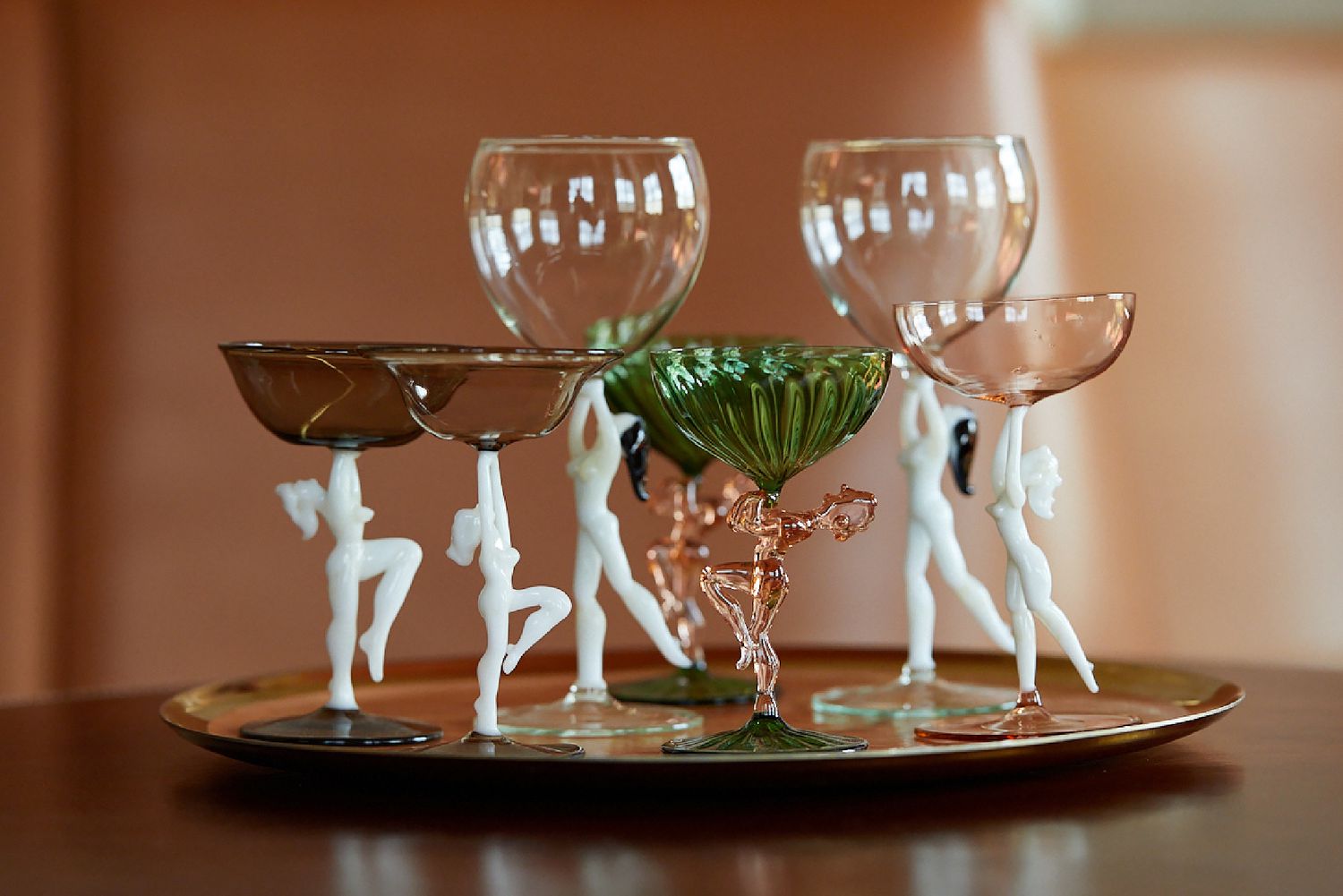
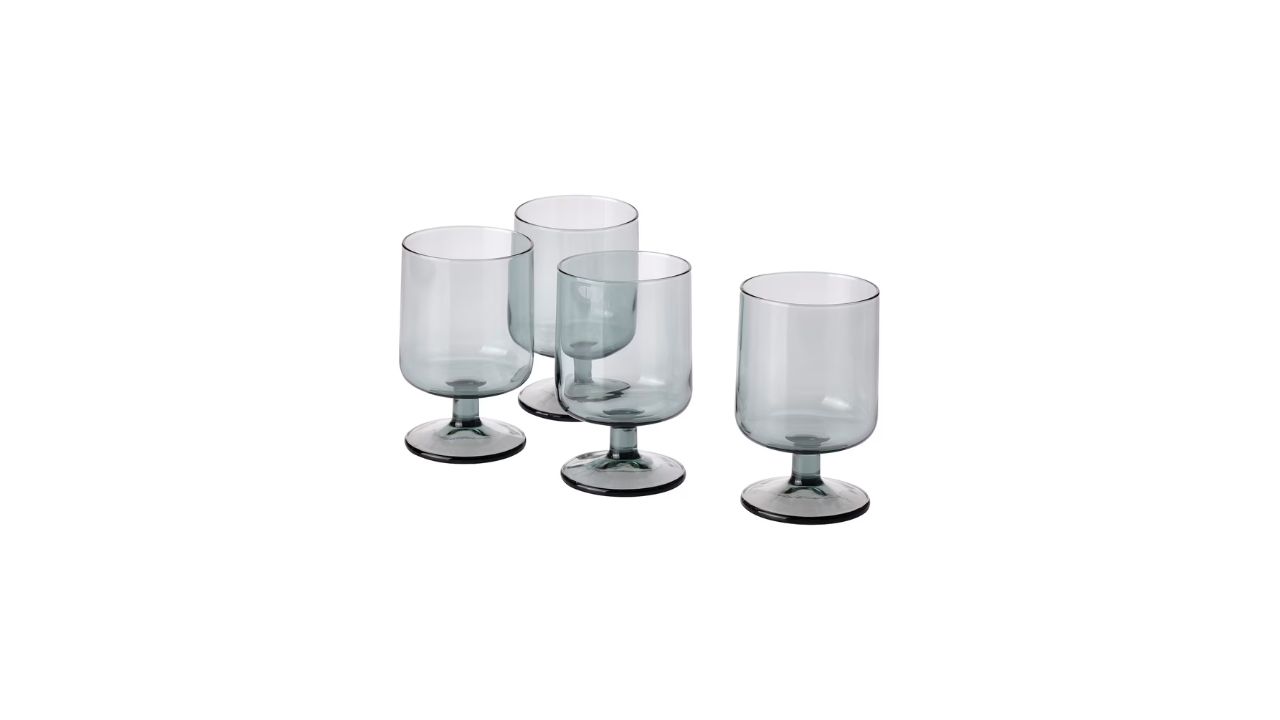
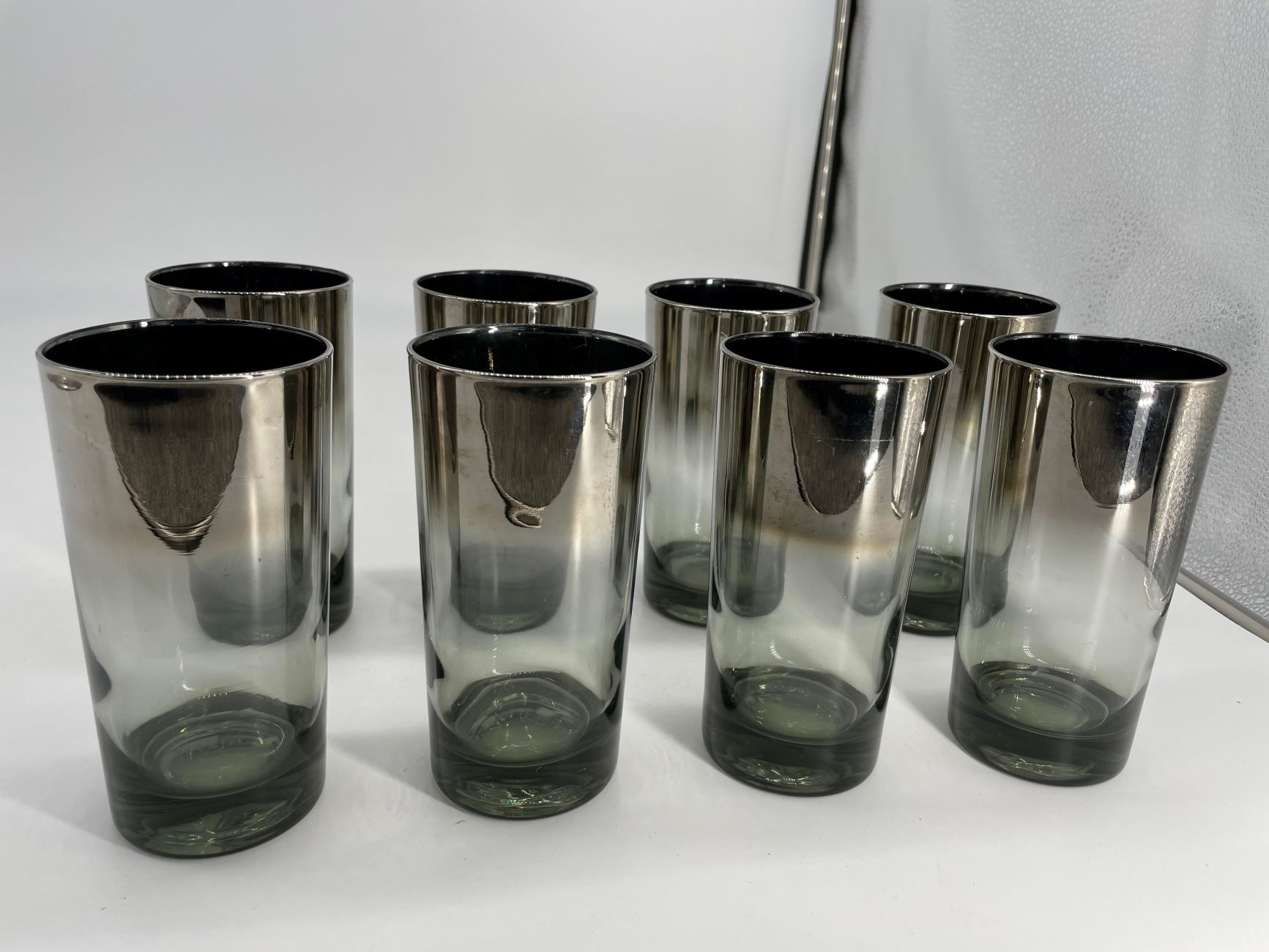
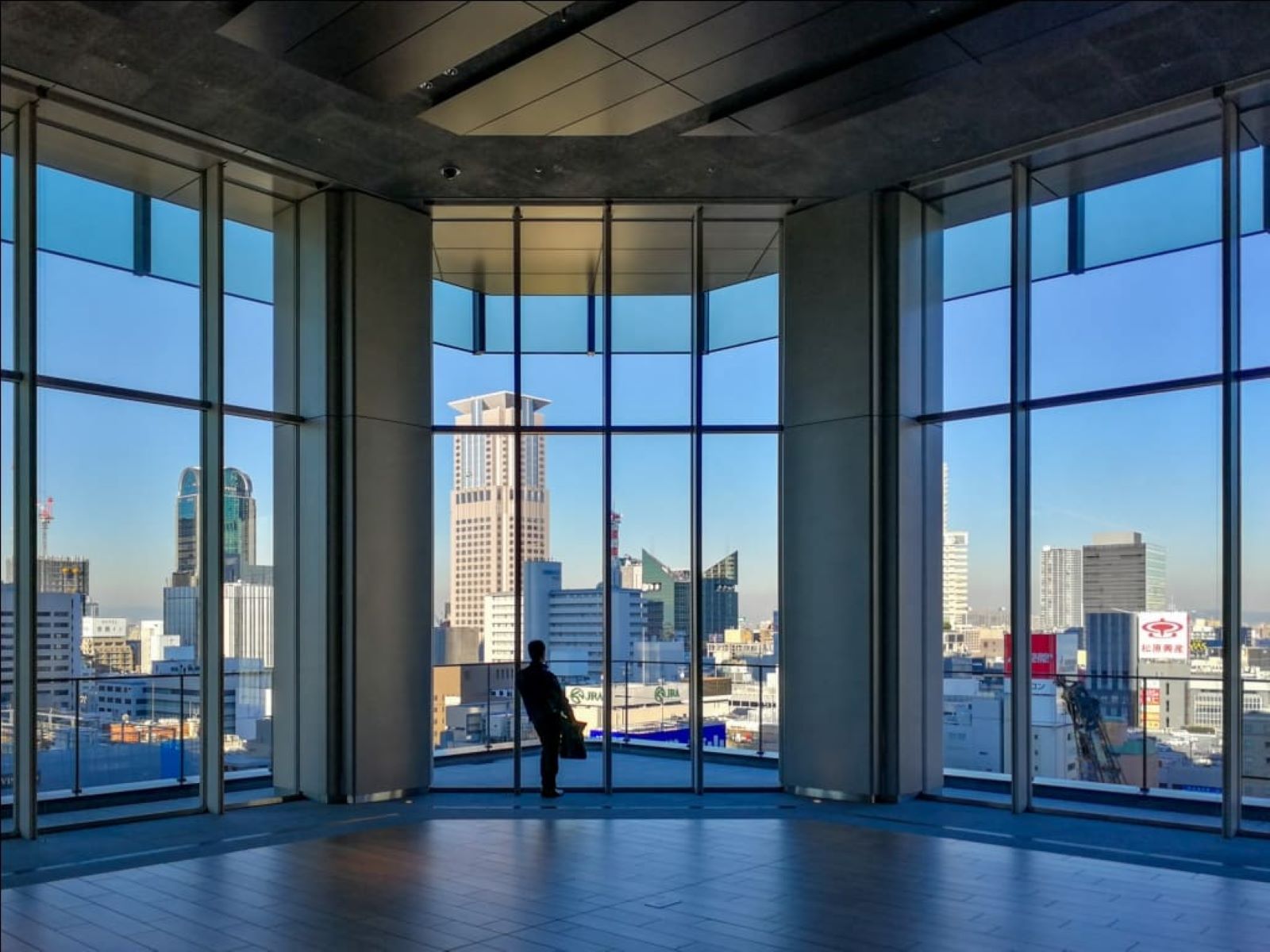
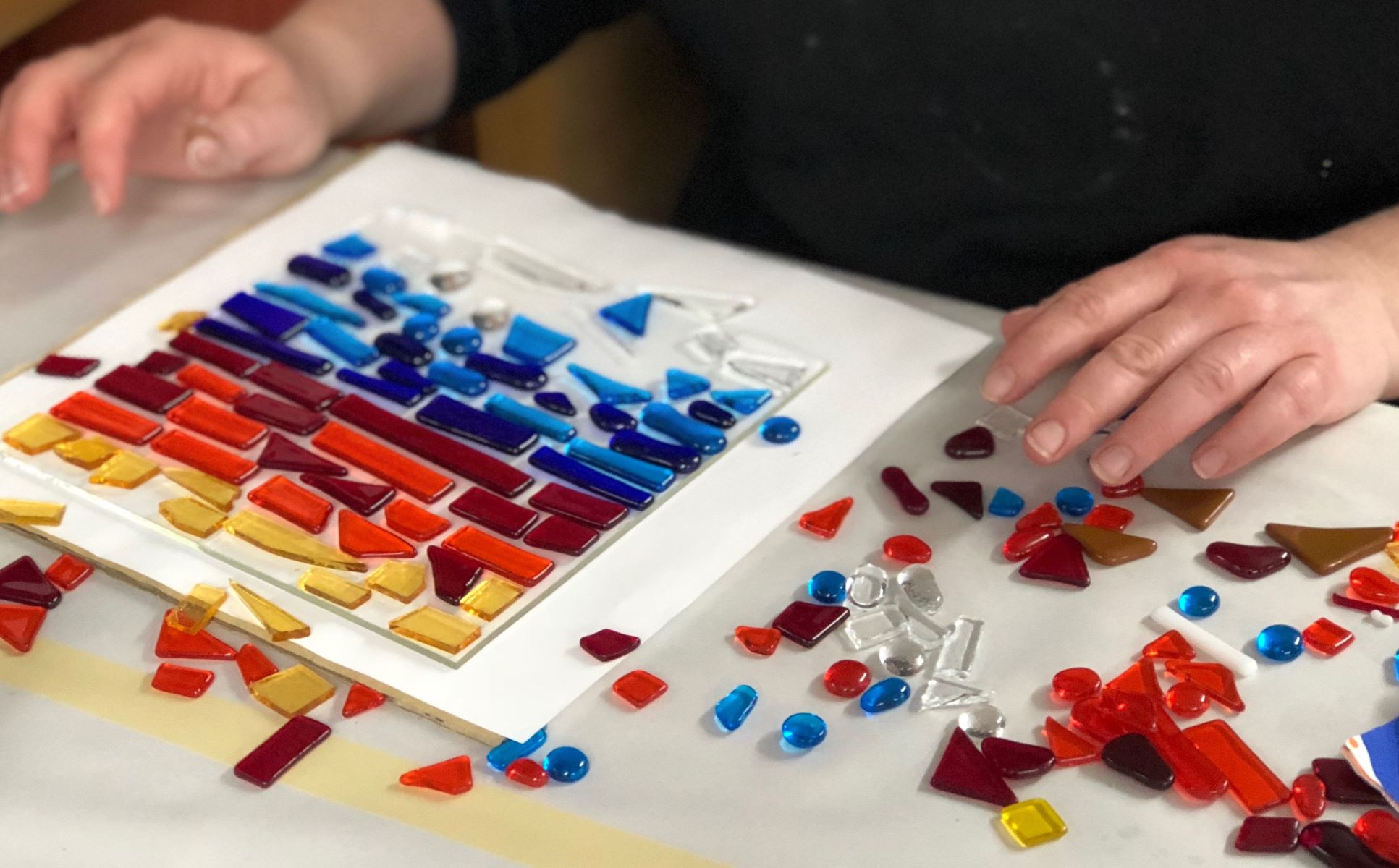

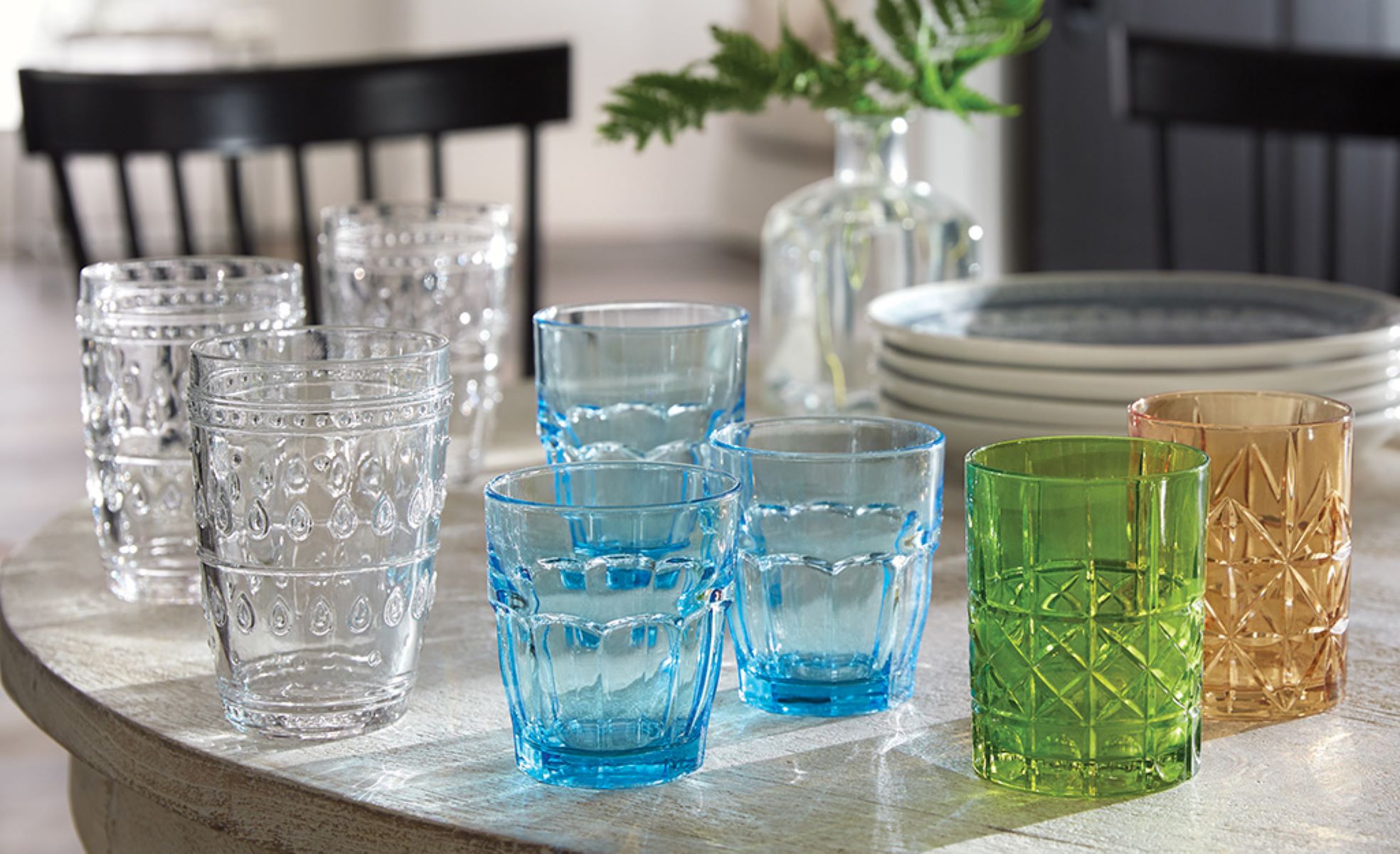
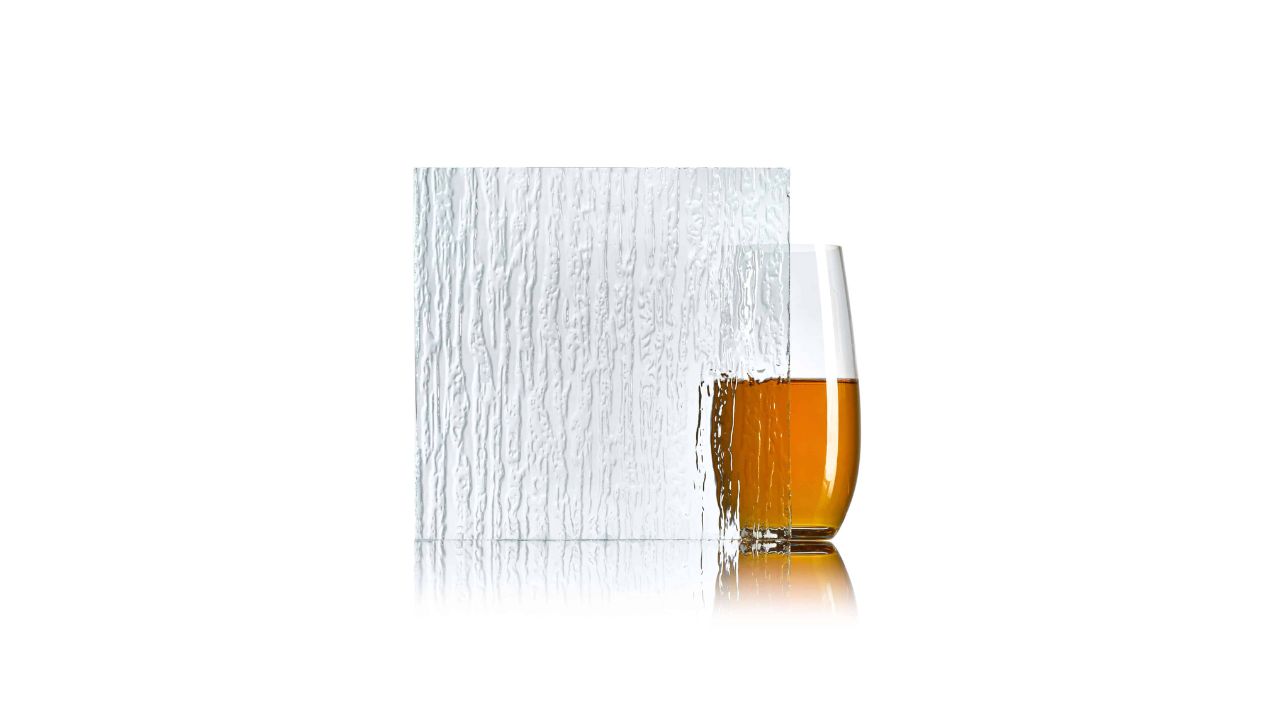
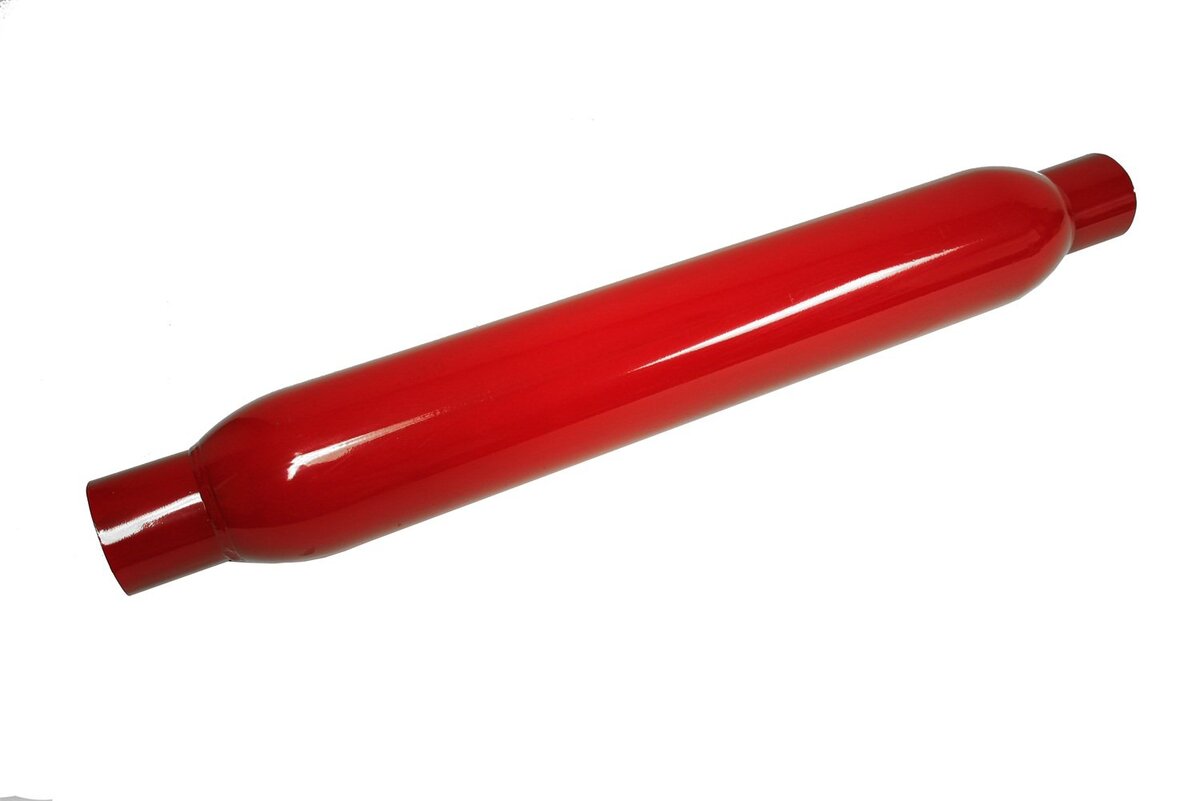


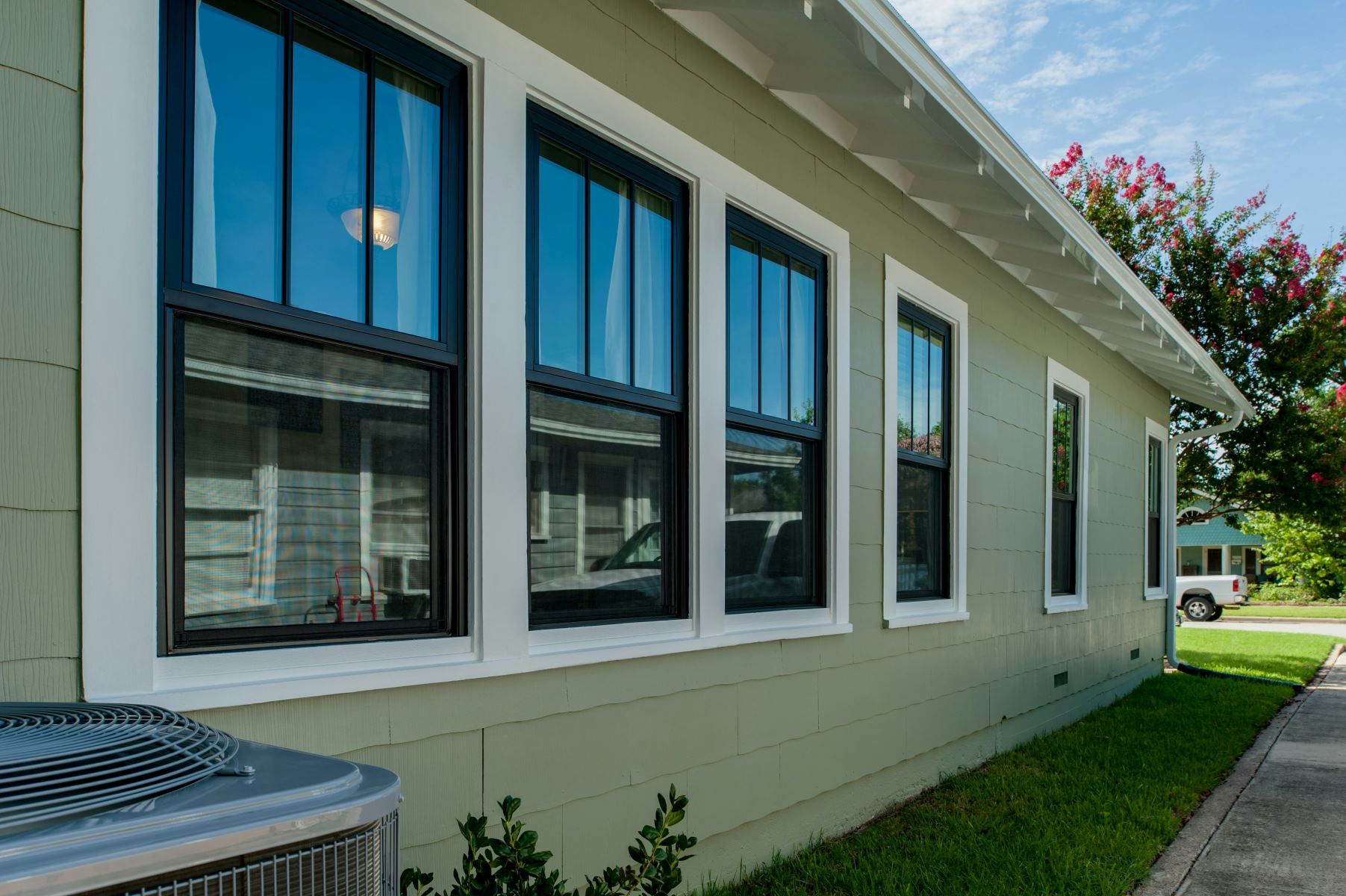
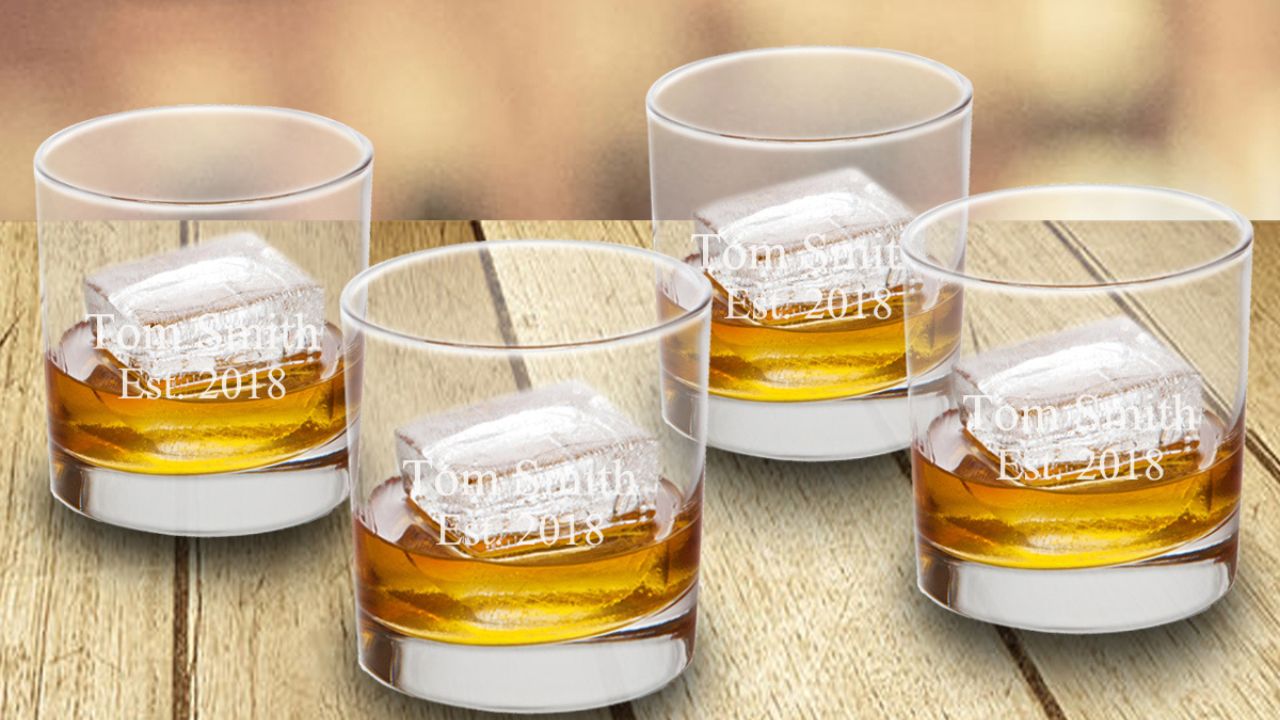

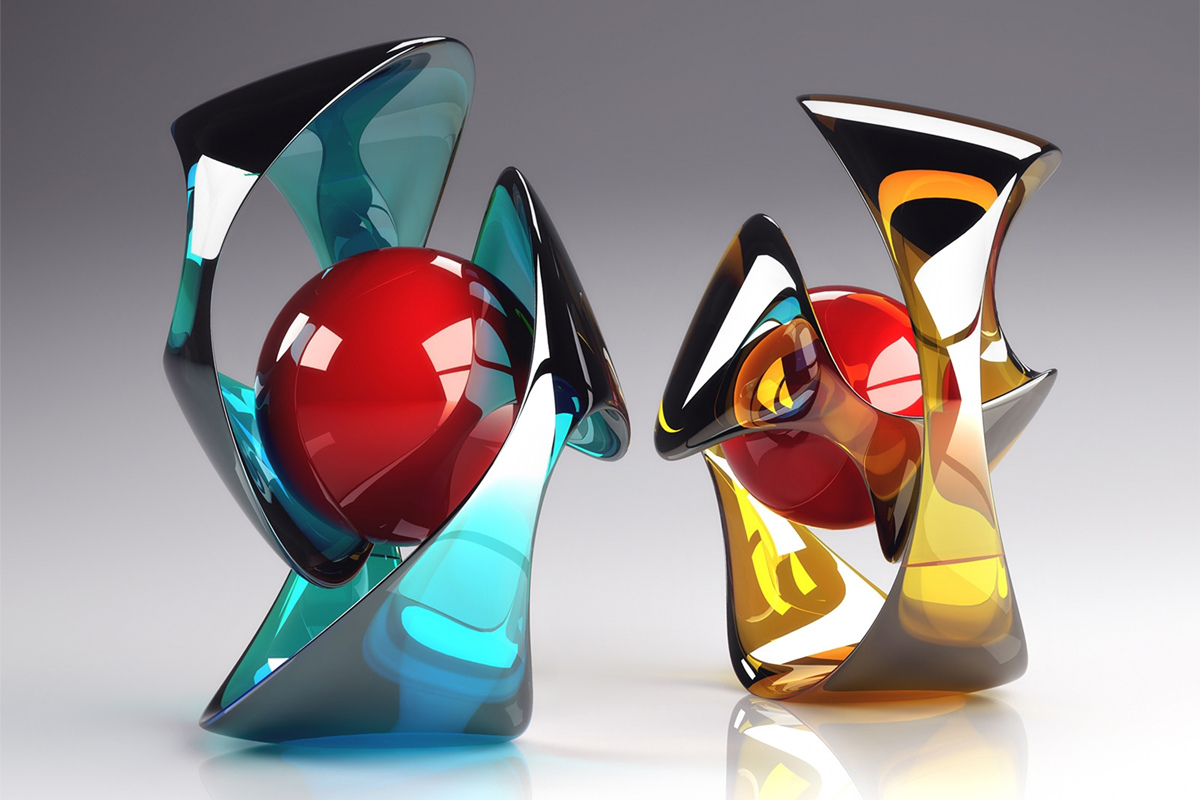

0 thoughts on “What Is Pirate Glass”